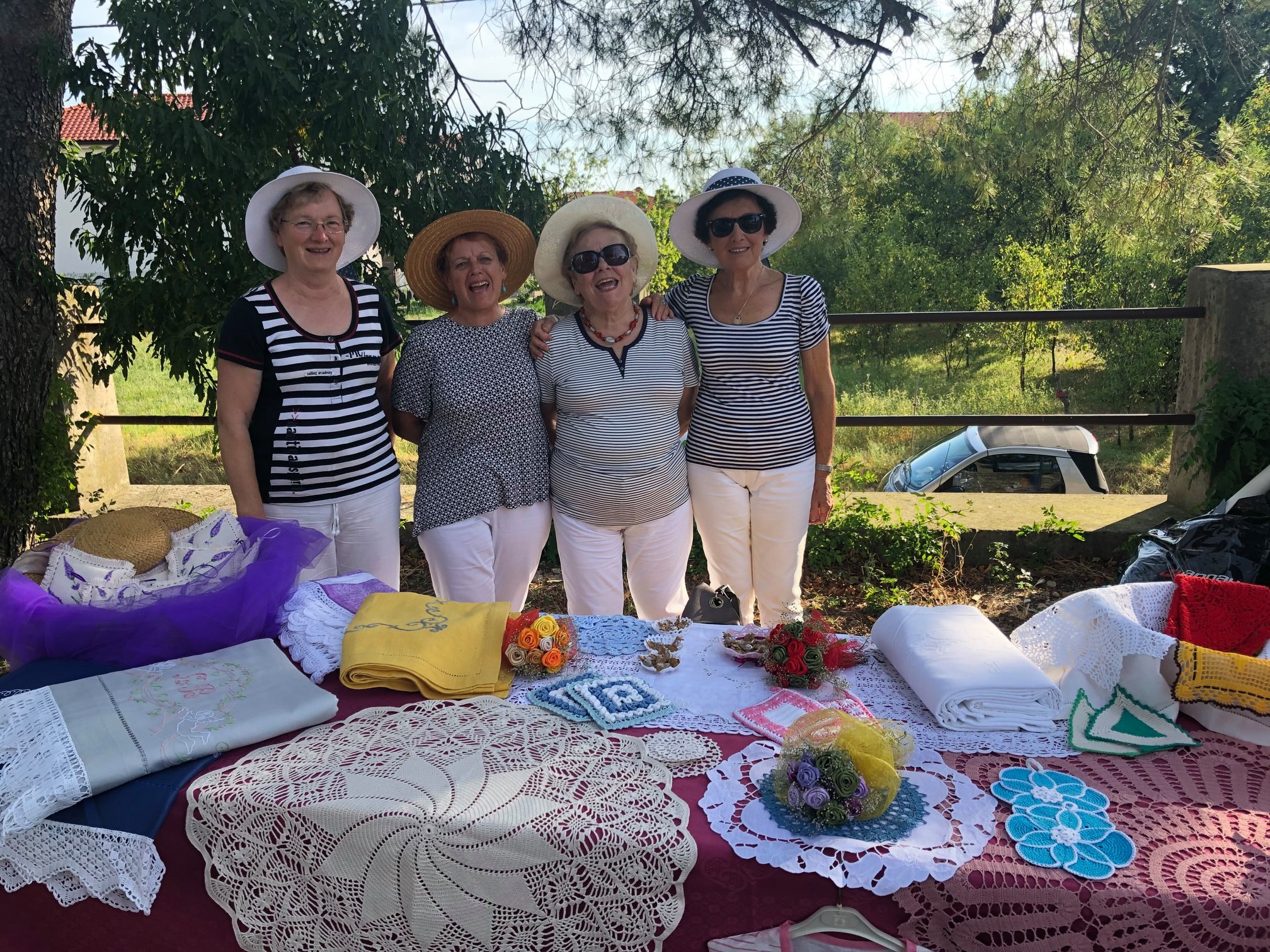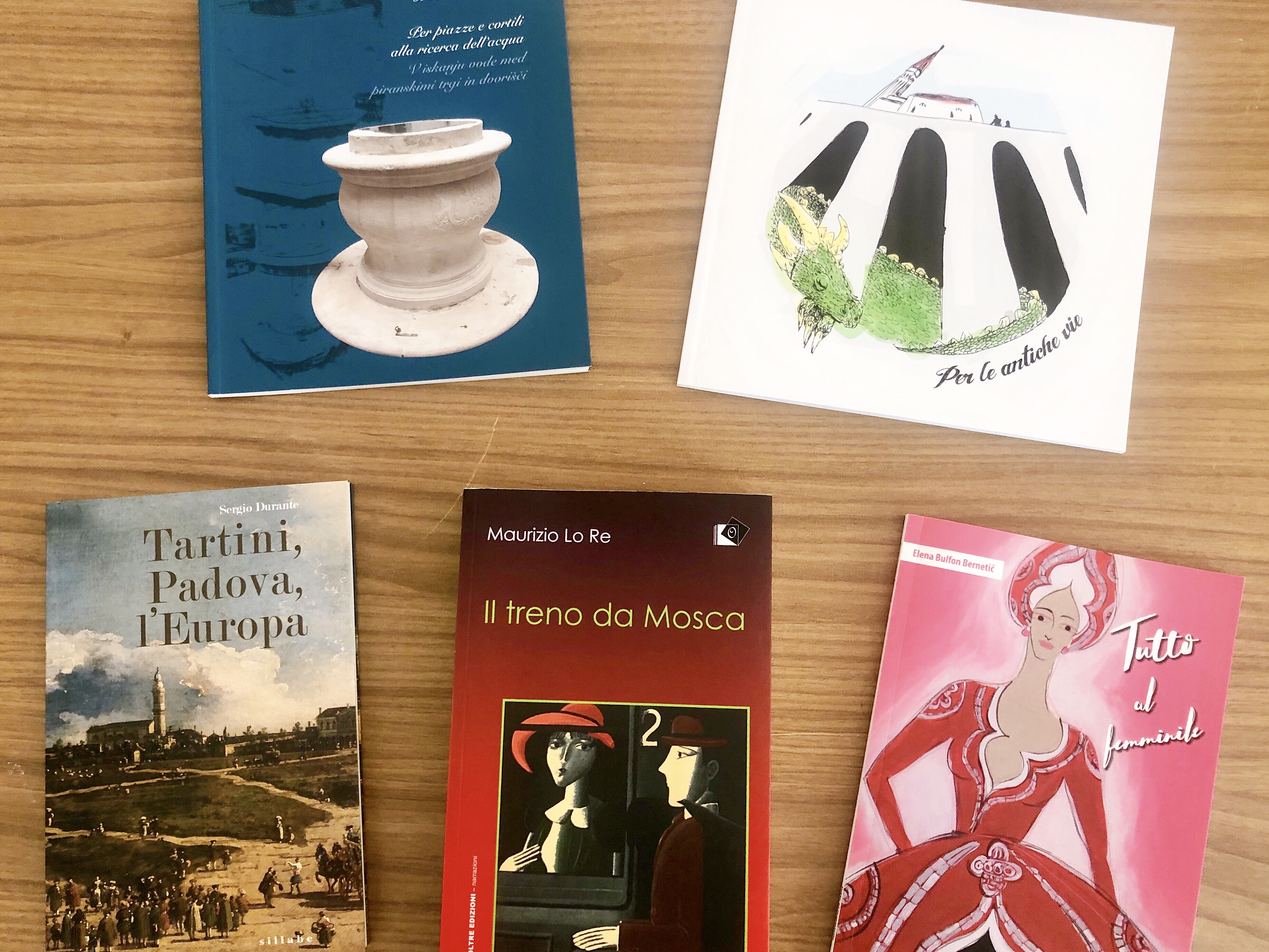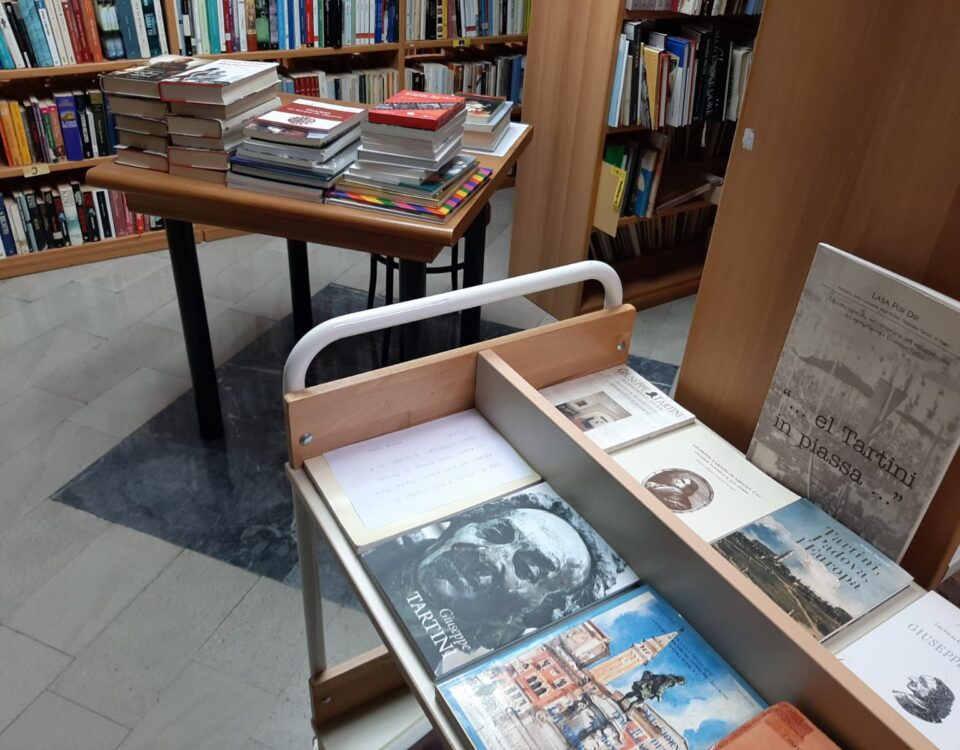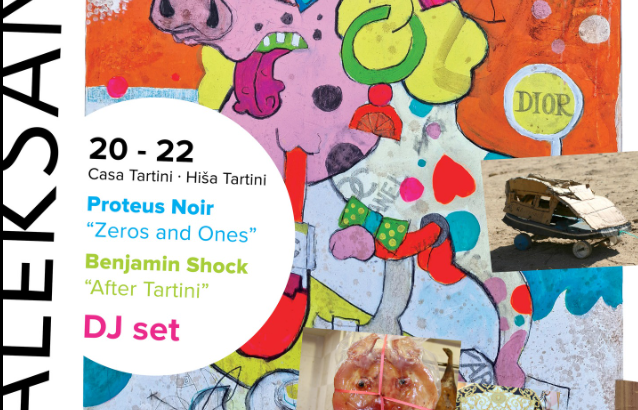Consigli di lettura per l’estate

Incontro culturale a Crevatini
07/21/2019
Voga maxima
07/23/2019
Tra le tante novità che si trovano sugli scaffali delle librerie, noi proponiamo una selezione di libri che potete trovare in Casa Tartini per trascorrere qualche ora piacevole in questa calda estate.
Per coloro che sono interessati al patrimonio storico-culturale, proponiamo alcuni libri che sono stati già presentati a Pirano: il catalogo delle cisterne e delle fontanelle di Daniela Paliaga, Per piazze e cortili alla ricerca dell’acqua, e il libro del prof. Sergio Durante Tartini, Padova, l’Europa che racconta la vita di Giuseppe Tartini, grande virtuoso del violino nato a Pirano.
Anche le storie al femminile raccolte in Tutto al femminile, dell’autrice Elena Bulfon Bernetič, è stato presentato in Casa Tartini ai primi di giugno.
I racconti hanno per protagoniste donne alle prese con la vita di tutti i giorni. Nelle storie la scrittrice racconta delle preoccupazioni da sempre appartenenti alla sensibilità femminile: la relazione tra vita pubblica e vita privata, il rapporto tra i due sessi, la solitudine, l’amore, l’alienazione, la vecchiaia. I racconti potrebbero essere definiti racconto-diario, contraddistinti da una scrittura immediata e autobiografica, che riproduce la condizione e il linguaggio delle generazioni cresciute fra il periodo dello sfacelo dell’ex Jugoslavia e i giorni nostri.
E’ invece appena uscito l’ultimo romanzo di Maurizio Lo Re, Il treno da Mosca, per le edizioni Oltre. Scritto in uno stile che ricorda il miglior Graham Greene, il romanzo si inserisce in quel filone dei romanzi di avventura in cui quest’ultima non è fine a se stessa, bensì una riflessione profonda sull’inquietudine dell’uomo, eternamente costretto in una condizione di passione e contraddittorietà.
L’avvocato Lucio Manacorda, io narrante di questo romanzo, è uscito di recente da una grave crisi esistenziale e professionale. Ora è riuscito a riprendere in mano la propria vita, ma sente di dover affrontare ancora un’impresa per uscire dalla sua personale prigione. L’occasione si presenta quando gli capita di trovare sul treno una vecchia copia del romanzo Lucien Leuwen di Stendhal, in tempi lontani appartenuto a Lorenzo Stefani, un ufficiale italiano perso nel caos dell’8 settembre 1943, deportato in Germania…
E infine un’altra novità, questa volta dedicata lettori in erba – o agli adulti che non hanno smesso di sognare ad occhi aperti. Per le antiche vie / Po starodavnih ulicah, pubblicazione bilingue scritta da Lara Sorgo e impreziosita dalle illustrazioni di Miriam Elettra Vaccari che sarà presentata in autunno.
Buona lettura!
***
Med številnimi novostmi knjižnih polic vam ponujamo izbor knjig, ki jih lahko najdete v Tartinijevi hiši in z njimi preživite nekaj prijetnih uric tega vročega poletja.
Za tiste, ki jih zanima kulturno-zgodovinska dediščina, priporočamo nekaj knjig, ki so že bile predstavljene v Piranu: katalog vodnjakov Daniele Paliaga »Po trgih in dvoriščih v iskanju vode« in knjigo prof. Sergia Duranteja »Tartini, Padova, Evropa«, ki pripoveduje o življenju Giuseppeja Tartinija, velikega violinista, rojenega v Piranu.
Tudi zgodbe žensk, zbrane v knjigi »Tutto al femminile«, avtorice Elene Bulfon Bernetič, so bile v začetku junija predstavljene v Tartinijevi hiši.
Zgodbe govorijo o ženskah, ki se spopadajo z vsakdanjim življenjem. V njih se pisateljica dotakne vprašanj, ki so od nekdaj pripadale občutljivemu svetu žensk: usklajevanje javnega in zasebnega življenja, odnos med spoloma, osamljenost, ljubezen, odtujenost, staranje. Zgodbam bi lahko rekli tudi dnevniški zapisi, za katere je značilno avtobiografsko pripovedovanje z obujanjem življenja in jezika generacij, ki so odraščale v obdobju med nekdanjo Jugoslavijo in današnjim dnem.
Pravkar je izšel tudi zadnji roman avtorja Maurizia Lo Reja, Il treno da Mosca (Vlak iz Moskve), ki ga je izdala založba Oltre.
Napisan v slogu, ki spominja na Grahama Greena, se roman uvršča med pustolovske pripovedi, ki niso same sebi namen, temveč ponujajo globok razmislek o nestanovitnosti človeka, večno tavajočega med strastmi in protislovji.
Odvetnik Lucio Manacorda, ki roman pripoveduje, je pred kratkim premostil resno eksistencialno in poklicno krizo. Čeprav ima vajeti svojega življenja znova v rokah, se mu zdi, da se še vedno ni osvobodil okov osebnega zapora. Priložnost za pobeg se pojavi, ko na vlaku najde star izvod Stendhalovega romana Lucien Leuwen. Ta je nekoč pripadal Lorenzu Stefaniju, italijanskemu častniku, ki se je izgubil v kaosu 8. septembra 1943, bil deportiran v Nemčijo …
Za konec še ena novost, namenjena mlajšim bralcem ali odraslim, ki še vedno sanjajo z odprtimi očmi. Per le antiche vie / Po starodavnih ulicah, dvojezična publikacija Lare Sorgo, obogatena z ilustracijami Miriam Elettre Vaccari, ki bo predstavljena jeseni.
Prijetno branje!




